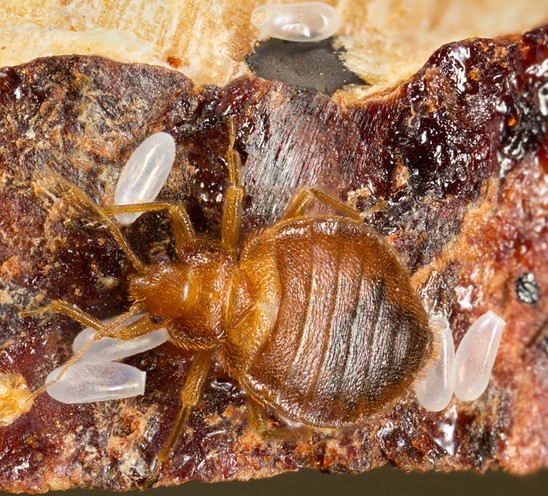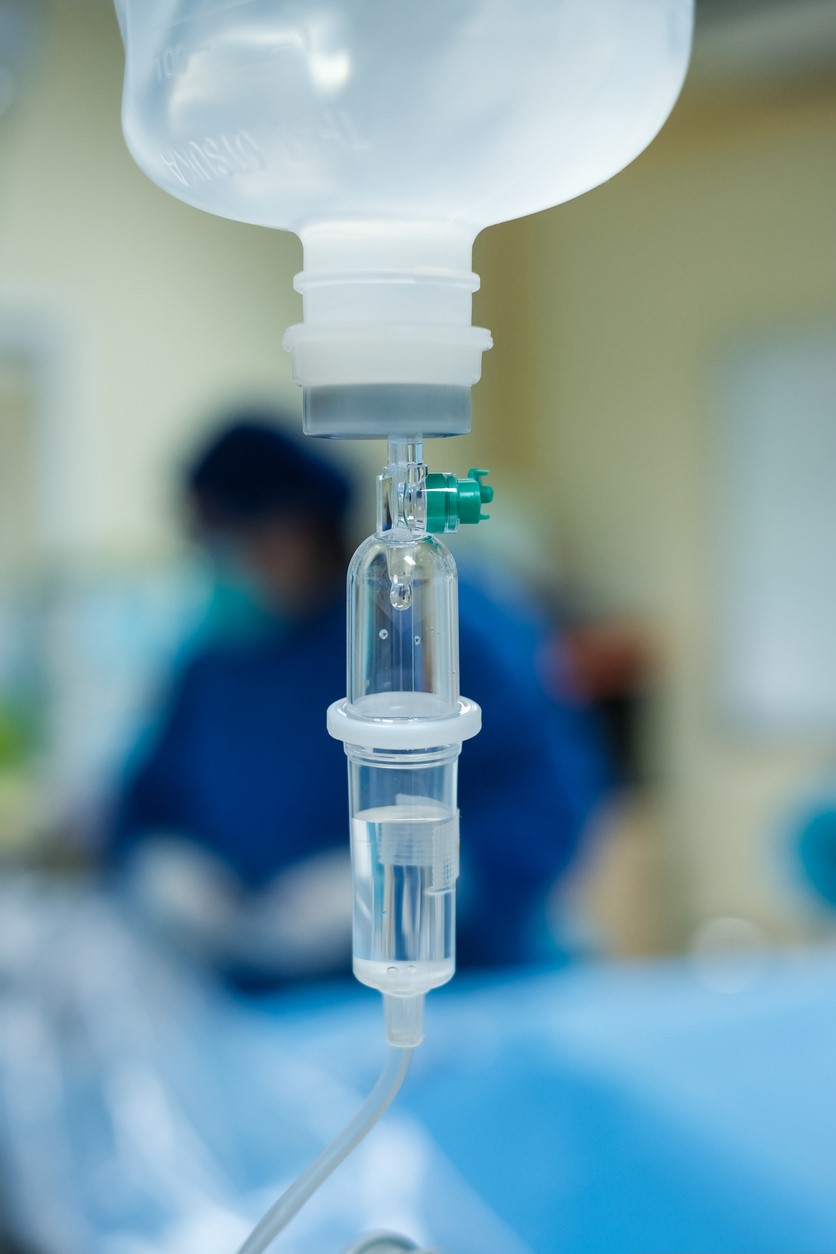Emergent BioSolutions yesterday announced that it has received a 10-year contract worth up to $704 million from the Biomedical Advanced Research and Development Authority (BARDA) for advanced development and supply of a monoclonal antibody for treating Ebola virus infections. BARDA is part of the Administration for Strategic Preparedness and Response (ASPR) within the Department of Health and Human Services.
The monoclonal antibody is ansuvimab-zykl or mAb114 (Ebanga), which was approved by the Food and Drug Administration (FDA) in December 2020. The drug was formerly known as mAb114 and was developed by Ridgeback Biotherapeutics with support from BARDA. The two companies signed an agreement to allow Emergent to make and distribute the drug in the United States and Canada. It is given as a single infusion.
Ebola virus has the ability to emerge unexpectedly, posing a risk to global health.
Under the terms of the agreement, Emergent will complete post-licensure agreements, including technology transfer for manufacturing scale-up, submission of a supplemental biologics licensing application to the FDA, and the completion of stability studies.
In a statement, Kelly Warfield, PhD, Emergent's senior vice president of science and development, said, "Ebola virus has the ability to emerge unexpectedly, posing a risk to global health. Its elusive nature makes it difficult to predict when and where an outbreak may occur, which underscores the importance of preparedness efforts against this public health threat."
 Levels of metabolites were altered in long-COVID patients 2 years after infection, suggests a
Levels of metabolites were altered in long-COVID patients 2 years after infection, suggests a 
 A survey of infection consultants in the United Kingdom found support for the "subscription-style" antibiotic payment model launched in England in 2022, researchers reported today in JAC-Antimicrobial Resistance.
A survey of infection consultants in the United Kingdom found support for the "subscription-style" antibiotic payment model launched in England in 2022, researchers reported today in JAC-Antimicrobial Resistance.









